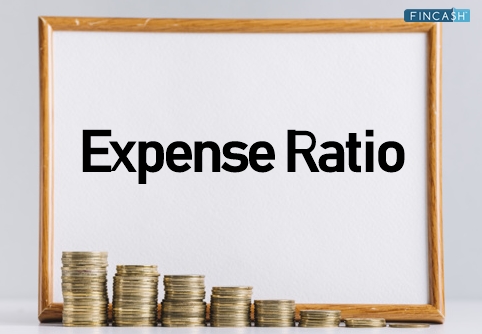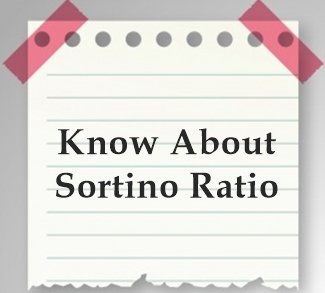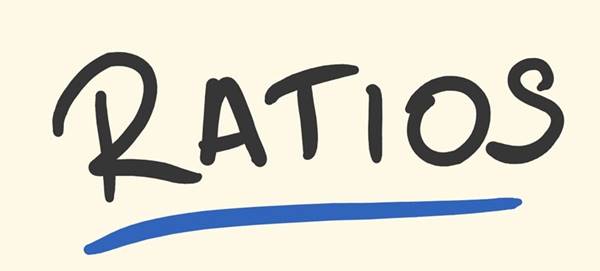What is an Operating Ratio?
The operating ratio is a measure that determines the operational Efficiency of a business. This showcases how good the business manages expenses concerning the revenue generated. It compares the Operating Expenses (OPEX) with the Operating Revenue, that is, the net sales.

How to Calculate Operating Ratio?
A formula for calculating the operating ratio includes operating expenses, cost of goods sold, and operating revenue (net sales). The formula is:
Operating Ratio = Operating Expenses + Cost Of Goods SoldNet Sales
The operating Ratio can also be calculated as a percentage, as follows:
Operating Ratio (as a percentage) = Operating Expense + Cost Of Goods SoldNet Sales * 100
Steps to Calculate Operating Ratio
Here are some easy steps to calculate the operating ratio:
- Take the operating expenses of the company or business. The operating expenses can be found in the Income statement of the company
- Add Cost Of Goods Sold (COGS) to the Operating Expenses
- Take the Net Sales from the income statement and divide it by the sum of operating expenses and COGS
- To calculate Operating Ratio as a percentage, you should multiply the result by 100
NOTE: Sometimes, the Operating Expenses of a company already include the COGS. So, while calculating the numerator, you need not add COGS separately.
Talk to our investment specialist
What does the Operating Ratio Include?
As can be seen from the formula, the operating ratio includes operating expenses, COGS, and net sales. The components of these three things are mentioned below:
Operating Expense
Operating Expenses are the expenses incurred by the business during its normal operations. Operating expenses can be of two types: variable and fixed operating expenses. These include:
- Salaries and wages
- Rent
- insurance expense
- Travel costs
- Repair and maintenance costs
- Office supply costs
- Depreciation
- Bank charges
- Legal fees
- Property tax
Cost Of Goods Sold (COGS)
COGS is referred to as the cost of Manufacturing the products or services of a business. In the case of selling enterprises, it is the cost of acquiring the goods or services. It is simply the difference between the opening and closing inventories.
COGS = Opening Inventory + Net Purchases - Closing Inventory
Net Sales
Net Sales are the company's gross sales minus the sales returns, discounts, and allowances.
What does the Operating Ratio Tell?
As already mentioned above, the operating ratio measures the Operational Efficiency of the company's management and how well they can manage the expenses. When it is calculated as a percentage, it tells the percentage of the revenue that is spent. Companies desire a lower operating ratio, as it means a higher operating income (net sales). If the operating ratio increases, it is considered a negative sign. It means either the sales are decreasing or the operating expenses are increasing. Inversely, when the operating ratio decreases, it is considered a good sign as it means the operating expenses are falling or the net sales are increasing. It implies that there is a smaller percentage of operating expenses as compared to operating revenue.
What is the Ideal Operating Ratio?
Companies generally prefer to keep their operating ratio between 60% to 80%. An operating ratio above 80% is not considered good. But generally, the smaller the value of the operating ratio, the better it is for the business.
Limitations of Operating Ratio
Like all other analysis tools, the operating ratio is also not free from limitations. They are as follows:
Does not Include Debt
As the operating ratio includes only operating expenses, it does not include debt and interest payments. These two are an important part of the company's expenses. This can even make the operating ratio misleading as two companies can have the same operating ratio but vastly different debt, thus resulting in a huge overall difference.
Does not Tell Anything in Absolute Terms
Suppose you say the operating ratio of a company is 68%; it does not say anything concrete. The operating ratio has to be considered in relative terms to get down to a result. It can either be compared with the same company's previous year's ratios or with the ratios of other companies.
Cannot Tell Anything in Isolation
The operating ratio alone will not tell anything much about the overall performance of the business. Other ratios also have to be considered and analyzed for this purpose.
Conclusion
The operating ratio is a good measure to analyze the company's operational efficiency. The company can even take some decisions regarding the operating expense by analyzing this ratio and comparing it. However, it has some limitations, but it still is a good financial analysis tool.
All efforts have been made to ensure the information provided here is accurate. However, no guarantees are made regarding correctness of data. Please verify with scheme information document before making any investment.












